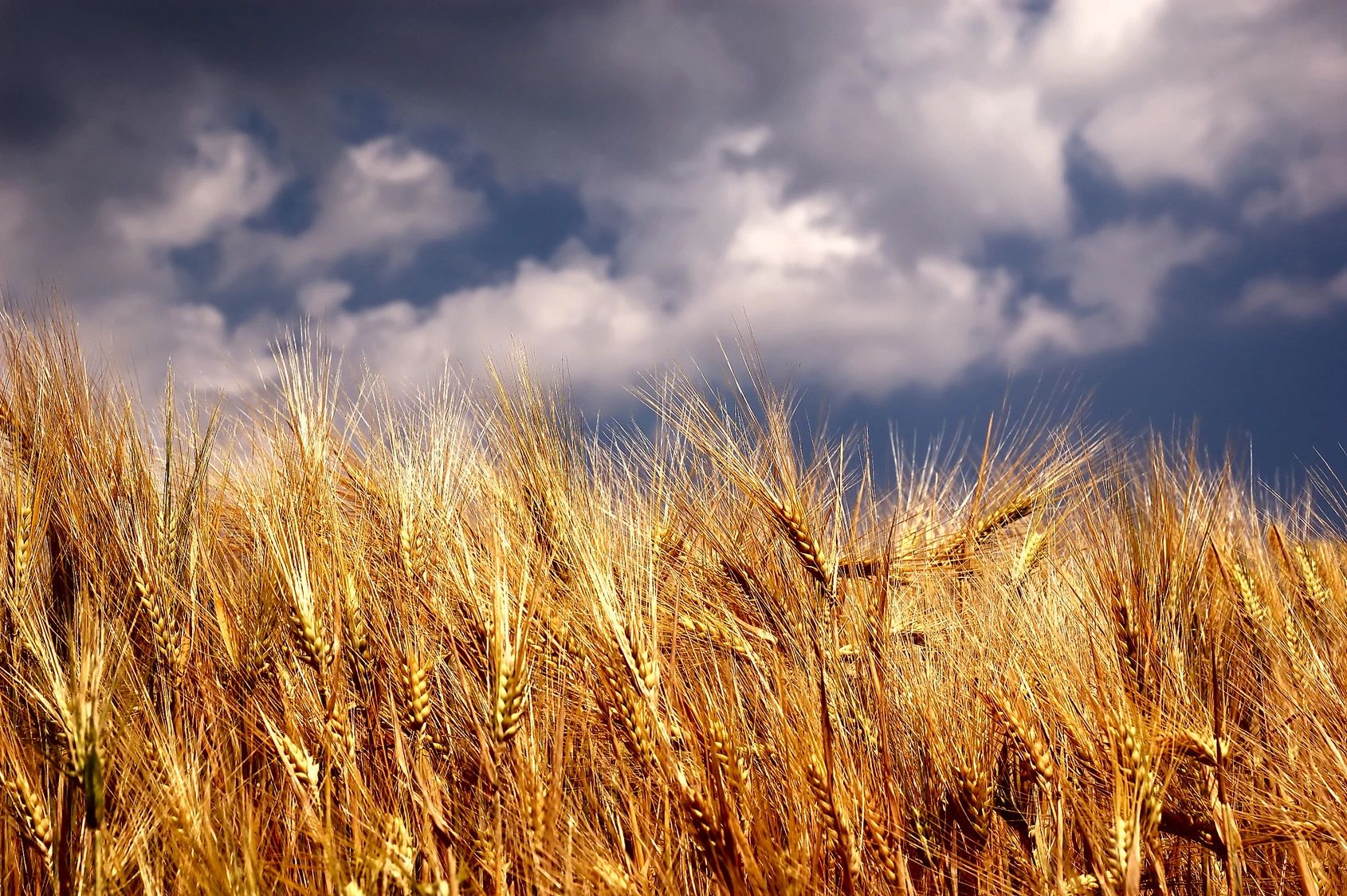Ralph Ellison wrote powerful and compelling narratives that painted the Black American experience in the early 1900’s with a broad brush—one that could be enjoyed by audiences of all backgrounds almost a century later. Like much of the New Negro movement literature, the tales chronicled within Flying Home and Other Stories heavily use literary devices like allusion and foreshadowing to depict deeper meaning. These elements are similar to a common form of oral storytelling in the Black community, known as Negro or African American spirituals. The folksongs were used to recount Biblical stories and themes in a way that was palatable to those who enslaved them while maintaining the oral traditions of their native Africa (Library of Congress). The Negro Spiritual developed during the enslavement period of the American South and carried with it the emotion and wisdom of generations, influencing many of the written works that are examined today.
In the short story “That I Had the Wings,” Ellison shares a day in the life of Riley and Buster as they try and show a baby chick that she can fly. The two boys are bored and Buster threatens to leave, until Riley sings a song that Aunt Kate seems to think is sacrilegious. She offers a harsh warning: “The Lawd don’t like it an’ the white folks wouldn’t neither” (Ellison 47). Aunt Kate even offers up another song as an alternative, an example of an early Negro spiritual, to sing instead of the improper one they were enjoying moments before. Neither boy quite understands her severity, but Buster is quick to listen to her while Riley doesn’t understand the significance of religion in this situation– an important instance of foreshadowing.
On their quest to find something new to keep them occupied, the boys find themselves next at the chicken coop to admire the new baby chicks. The pair immediately begin to view the coop and its inhabitants in religious terms that would be familiar to many young Black children in the era. The baby chicks are taken over with the “Holy Ghost” as an explanation for their loudness. It is noteworthy that here, Riley mentions that his mother is also frequently privy to this experience and that he “feel (sic) so shame [he] could hide [his] face” (Ellison 52). The rooster, loud and boisterous, is like a preacher– even equipping his melodic skills into his sermon as he tells the boys and other male chickens to stay away from his hens. After a failed and somewhat comically violent attempt at getting the rooster to fly, the boys turn their attention once again to the biddies, or the baby chickens. Recognizing that they are too young to fly and their wings might be weak, Riley constructs a parachute out of cloth and twine for him to fall safely to the ground. Their experiment is again thwarted by Aunt Kate, who distracts Riley by yelling at him, causing him to be unable the falling chick. The creature falls to the ground and dies upon impact. This causes Riley a great deal of grief as he exclaims to her that he “wish yuh had died back in slavery times” (Ellison 61). She is shocked and hurt by this reaction and Riley feels an immediate sense of guilt, so much so that he is unaware when the rooster attacks him a second time.
“That I Had the Wings” is a story that contains a powerful message that Ellison himself likely heard many times as a child—stay in your place or there will be deadly consequences. The boys’ actions, however innocent and well-intentioned, have changed the lives of everyone involved. Their attempt at flight caused injury to themselves and death to the chicken they were playing with. The choice of chickens is symbolic as well as practical. They are a domesticated breed, whose wings are often purposely clipped to prevent their escape. They are ordinarily capable of flight– if not as free as a pigeon, long enough to flutter over the fence and find themselves somewhere else.
Works Cited
Ellison, Ralph. Flying Home and Other Stories. n.d.
Library of Congress. African American Spirituals. n.d. Webpage.



